Let’s address the elephant in the room, shall we? Our lead image is of an immaculate Konica Hexar RF, set against the backdrop of golden autumn grass and a curious German Shorthaired Pointer, who goes by the name of Ilya. All is very well there, but why then the Hexar RF, when this post alludes to a Zeiss Ikon ZM? Well my friends, that then is where our review truly begins.
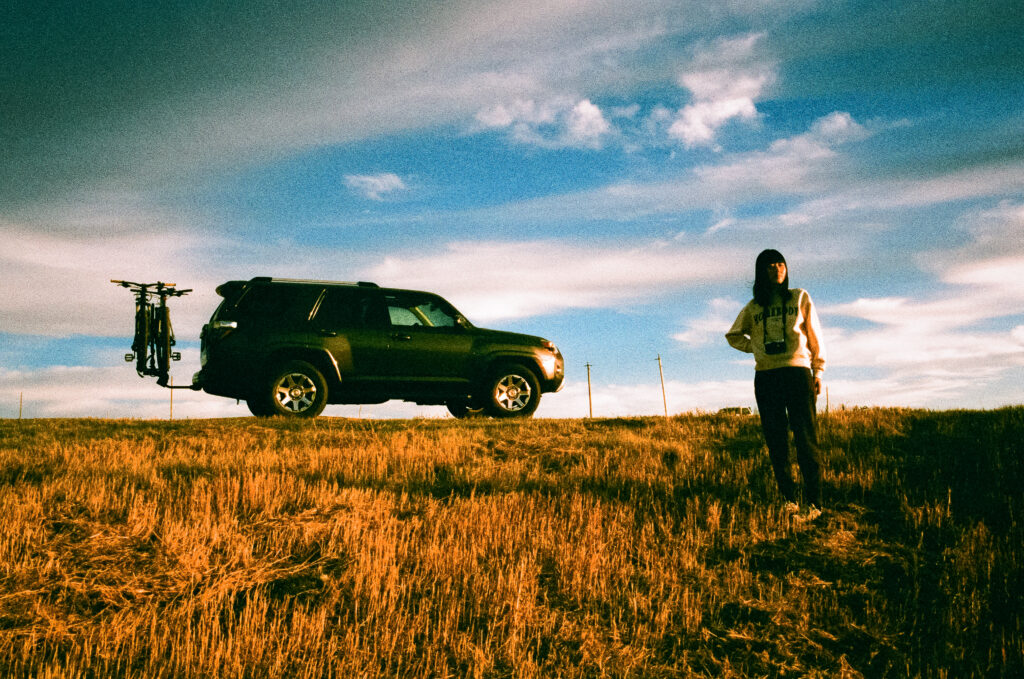
Harman Phoenix 200. Released in late 2023 and hailing from the English makers of long-loved B&W film staple, Ilford, Harman’s bespoke colour negative film has garnered a fair amount of attention and controversy, all the same. Designed as a an experimental colour negative emulsion -allegedly paving the way for future colour films to come – Phoenix 200 is known for it’s stark colour shifts, pronounced grain, softness, halation and harsh contrast. Exposure latitude is nearly non-existent and one will quickly be made aware of the fact after shooting a high contrast scene. Highlights are easily blown-out and the blacks crushed, rendering shadow detail moot. In other words, this is a film for a time and a place and most importantly, a mindset. Would I recommend shooting Phoenix 200 during a bucket list holiday to the Galapagos archipelago or on assignment? Of course not. This film is meant to be enjoyed, experimented with and not taken oh too seriously. The idea is to embrace the elusive and unpredictable nature of the Phoenix and to make film photography fun. In a digital age when analog film is seeing a surprise resurgence, with the likes of Pentax introducing an entry-level and affordable new half-frame film camera (Pentax 17), I’ve no doubt that Harman was right in their initial judgement.
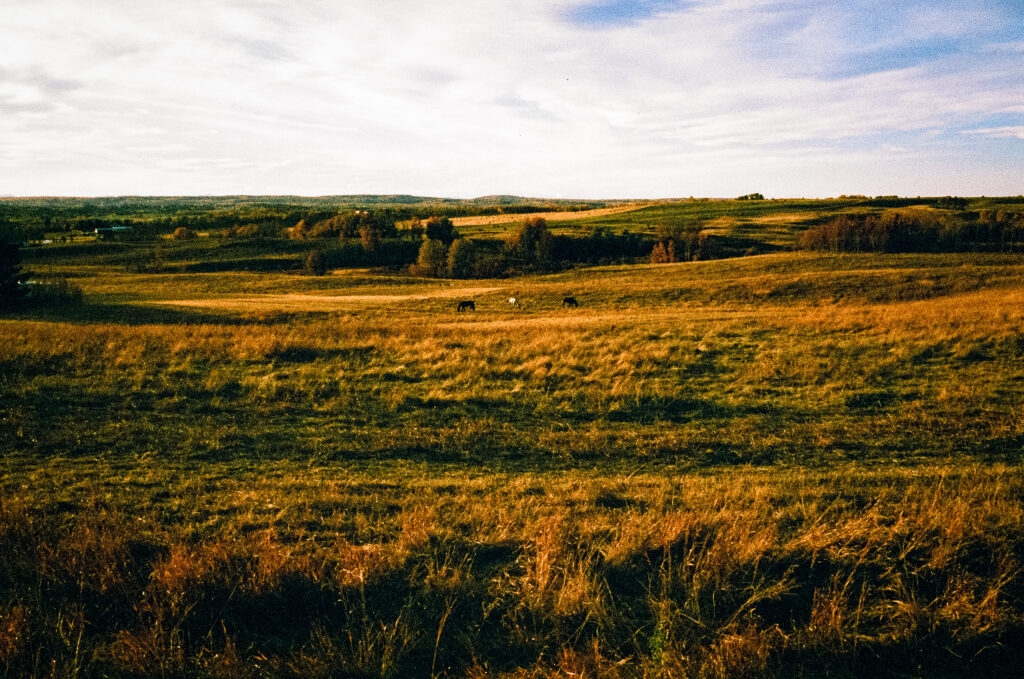

Now, let’s get back to our initial elephant in the room: the Zeiss Ikon ZM. Generally well-received and considered to be a stout and fairly modern mostly-mechanical Leica M-mount rangefinder, rivalling the electronically metered AE likes of the Leica M7 – albeit with extra stop of minimum shutter speed at 1/2000th of a second – it offers the teutonic and almost “Bauhaus” design of the Germans, paired with electronic innards from the Japanese industrial bubble-era. Interestingly enough, one of the more disenchanted reviews I came across whilst researching the Ikon ZM came from this very blog’s founder and respected contributor, Hamish Gill. Everywhere else you look, you’ll find rave reviews, “Leica-killer” this and that. You can find his wonderful review here. Alas, now that I’ve experienced the Ikon ZM, Hamish was the only reviewer who echoed my sentiments and perceived shortcomings with the camera: namely the unreliable focus patch and unintuitive placement of the AEL exposure lock button. Nailing focus took a lot more effort in the real world than I’d like, and the rangefinder’s focus patch all but disappeared in bright sunlight or when your eye’s placement was off by just a smidge. Second-guessing focus became too common, and that’s despite my using top notch Zeiss Biogon glass. Something Hamish didn’t mention – or perhaps didn’t encounter as he was using more forgiving film stock – was the accuracy of the built-in light meter, which as I later learned, struggled a fair amount with Phoenix 200. Metered for the mid-tones and subject using AEL at 100-200 ISO, underexposure was the name of the game. Most of my initial roll required a fair amount of work in post, which can only go so far given Phoenix’s limited exposure latitude. Frankly, most of the results were far from satisfactory.
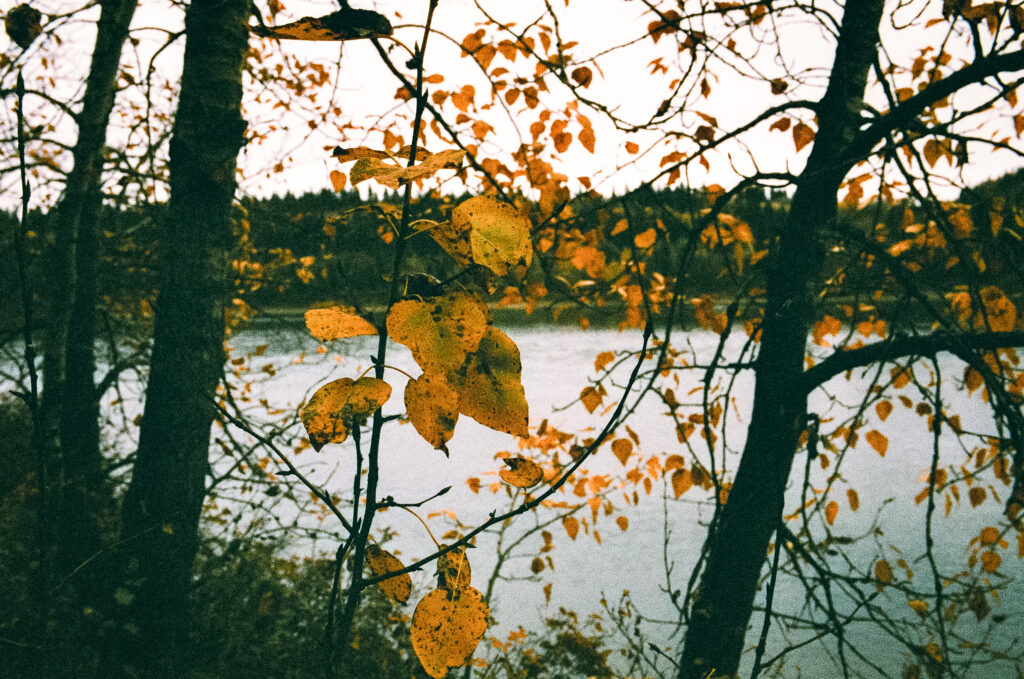
The final nail in the coffin came shortly thereafter. Having returned home from the season’s last mountain biking excursion to Banff National Park, when upon boarding an evening flight to Toronto for business just days later, I decided to try my hand at capturing a few abstract exposures of the illuminated airport runways with a lazier shutter… only to have the Ikon’s light meter quit. Fine, I thought, the batteries must be nearing their end. Fresh batteries installed upon my return, the meter was still flakey and the shutter would not release. That was it. The perfect Zeiss Ikon ZM, in pristine and what looked to be nearly unused condition with recent CLA, was now an expensive paperweight. Wonderful.
Enter the Konica Hexar RF
A silver lining to my expensive paperweight situation was the fact that less than 30 days had passed since purchasing the Ikon ZM from the local camera shop. Thankful for the return policy, I demonstrated the defective meter and shutter combo to receive my money back. Relieved, and knowing all too well the risks associated with any bit of old kit, I referred to a trusted and well-known classic camera shop in Yokohama, Japan, looking for a suitable replacement. The Konica Hexar RF stood out with its improved form factor and reportedly more accurate meter, which was designed with less forgiving colour reversal – or slide film – in mind. A further stop of minimum exposure at 1/4000th of a second would be a welcome addition too; as a longtime digital shooter, shooting wide open on bright sunny days was the norm when opportunity presented itself.
Having received the Hexar RF just days later, I quickly loaded another roll of Phoenix 200 and revelled in the clarity of the focus patch. It was nothing short of a revelation in comparison. Focusing the Zeiss Biogon 2/35 lens was now an intuitive affair. A breeze. Gone was all the Ikon’s second-guessing and uncertainty. The shutter release button’s half-press exposure lock, much akin to the Leica M7, is second nature and can’t be beat. The next revelation came in the way of reliable exposure.
On reliable exposure and enjoying Phoenix 200
I opted to use my second and last roll of Phoenix 200 on a local outing to a nearby nature conservation area. With previously mentioned pointer, Ilya, and partner in tow, we decided to make the most of the late autumn colours and enjoyed the early afternoon light. The days of bright vivid foliage and golden light are numbered so every outing counts; snow normally comes fairly early in this part of the Northern Hemisphere, in case readers from “across the pond” are wondering. The season’s first dusting of snow just so happened to occur earlier that morning.
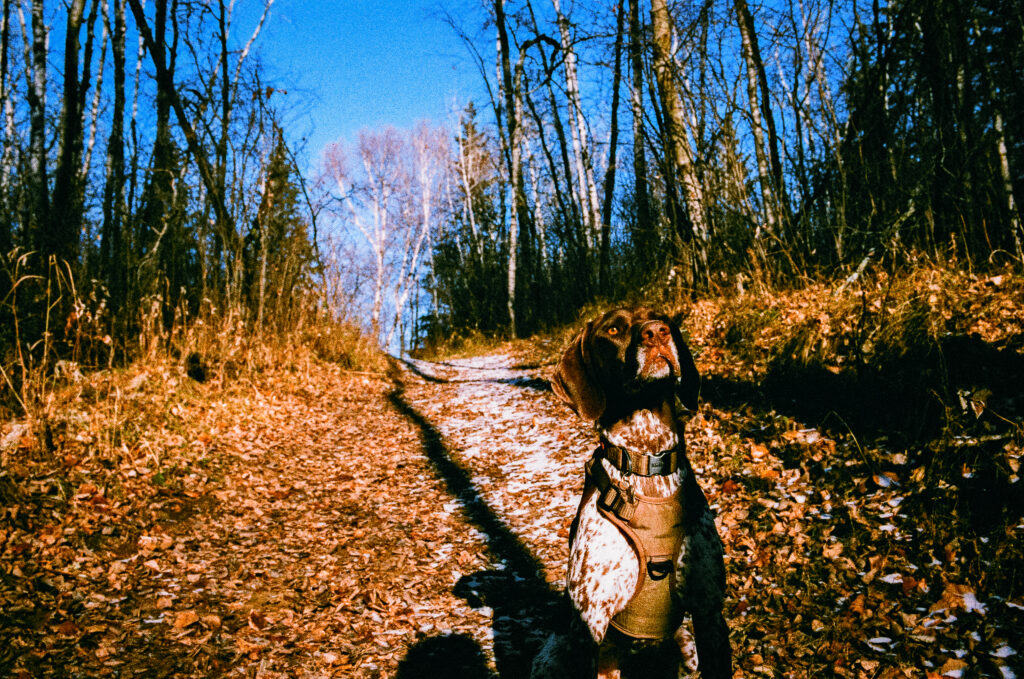
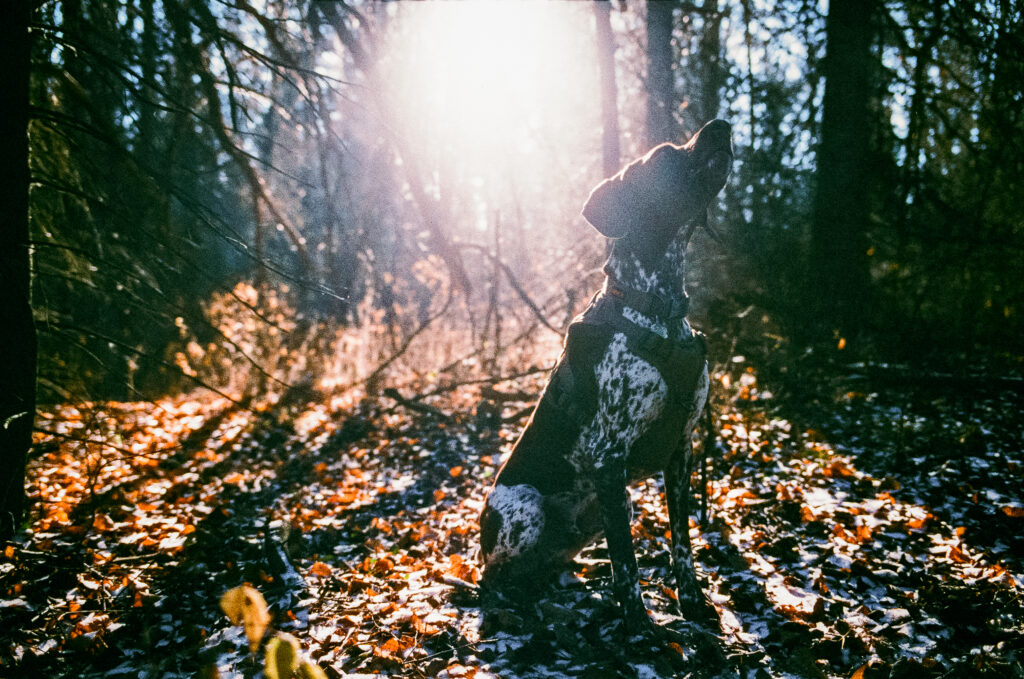
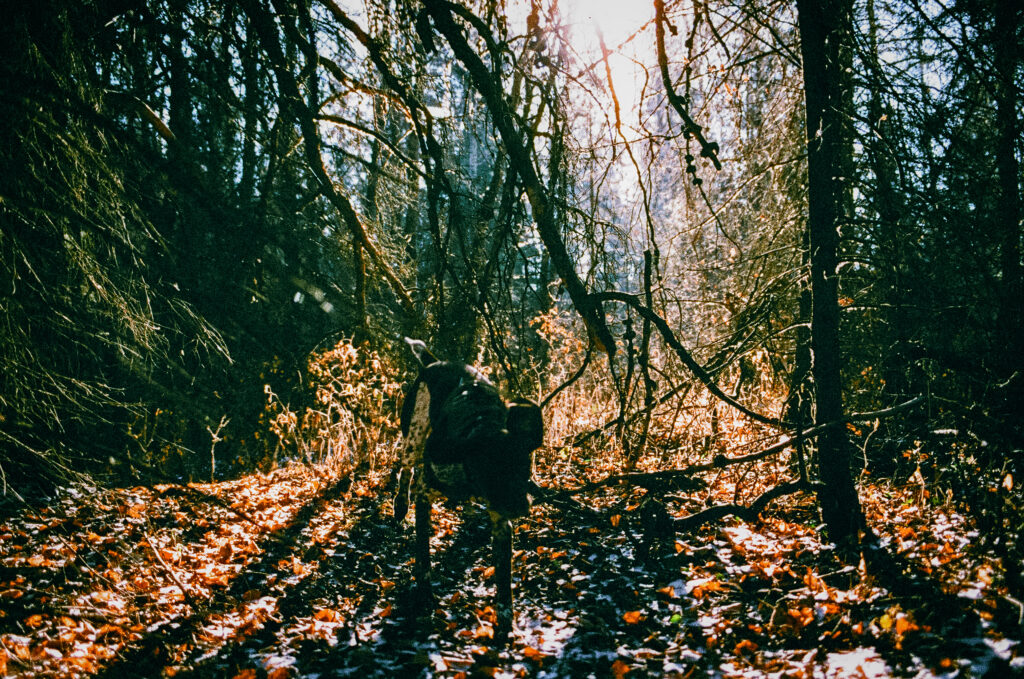
Nothing to write home about with regard to composition or the landscape, I approached the afternoon of shooting with an air of lighthearted fun and unpredictability–perfect for Harman’s Phoenix 200, in other words. Shooting the Hexar RF was a pleasant experience and felt like second-nature in no time at all. Simply expose for the subject, lock exposure, compose and release. Exposure compensation is intuitive and can be dialled in easily using the dedicated EV dial for the more contrasty or challenging scenes.
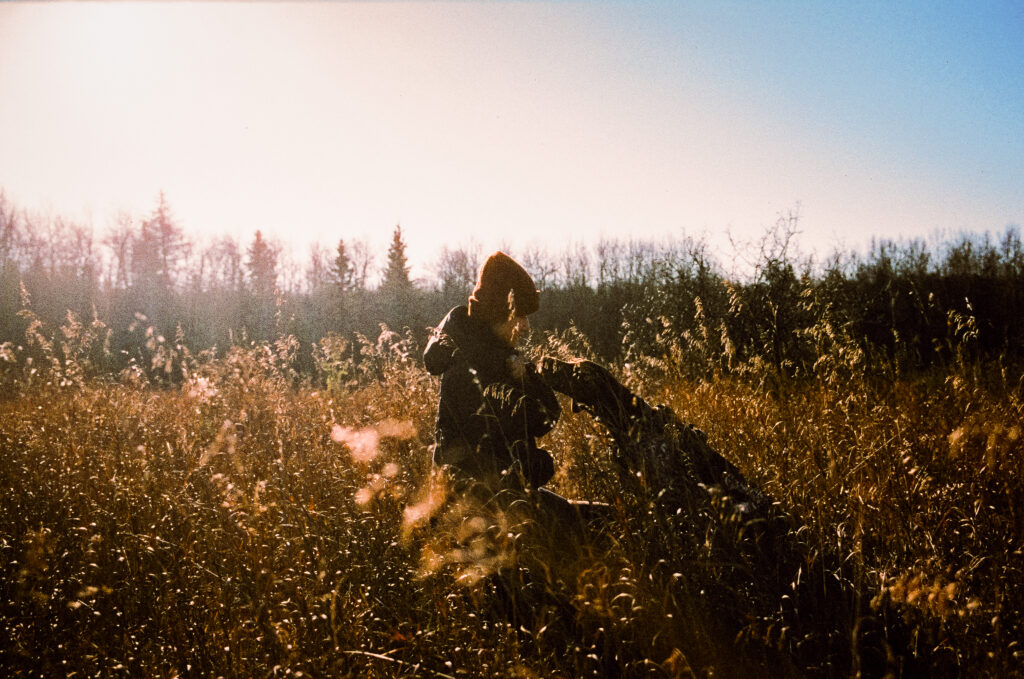
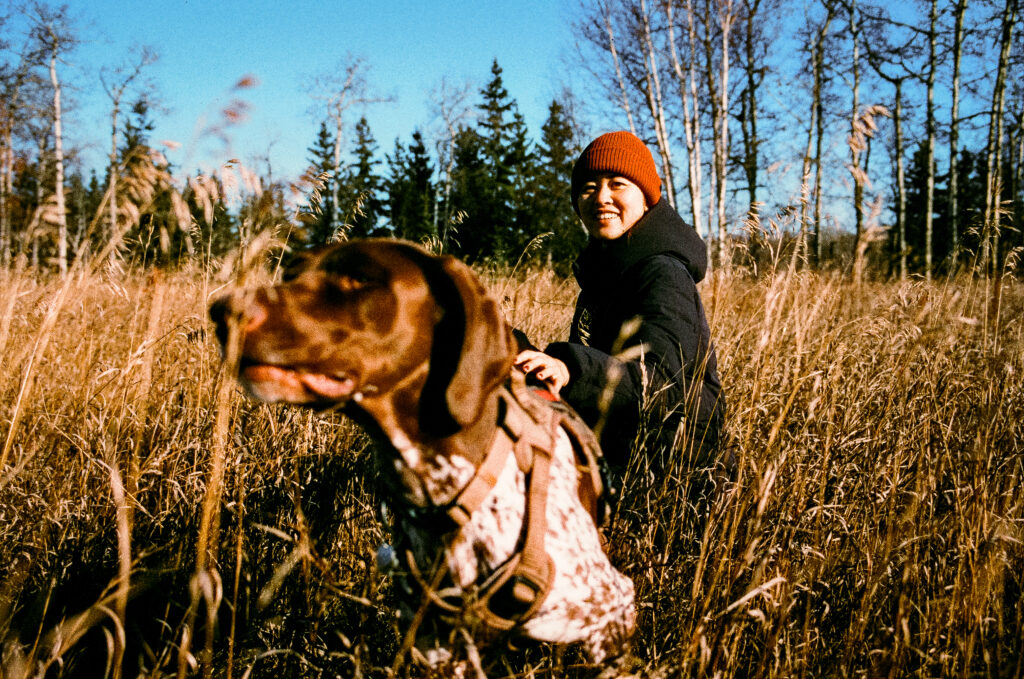
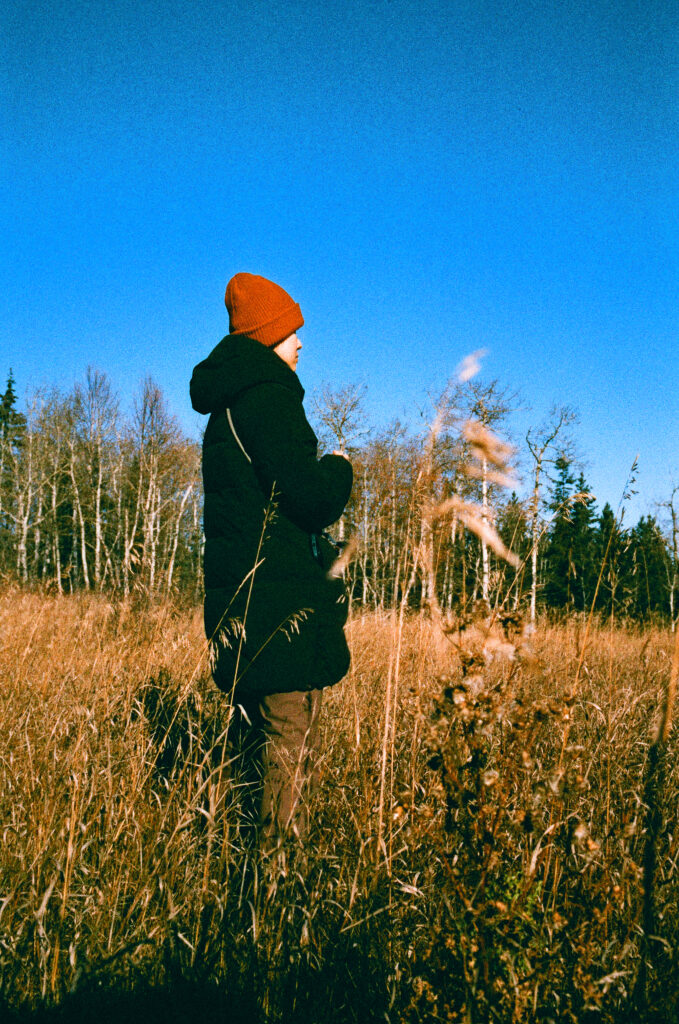
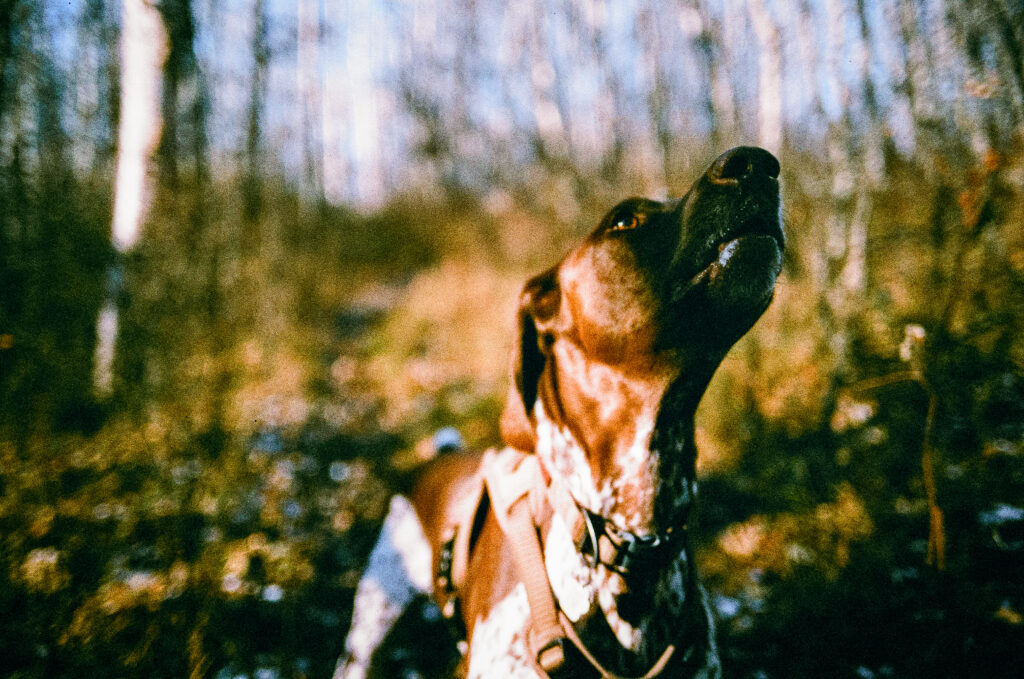
Embrace the Phoenix
Would I shoot Phoenix 200 again? Certainly. As mentioned earlier, there is a time and place for this film stock. Be patient and avoid high contrast scenes to get the most out of it. There’s no question that the film is unique and imperfect, especially when compared to the polished Kodak Professional line. It’s all part of the charm. We should be thankful Harman’s released a new colour negative film when longstanding titans of the industry, such as Fujifilm, have been pulling out of the film market following the pandemic and proliferation of film simulation JPEGs and mirrorless digital cameras. Let this be your fun snapshot film…the potential is there! Embrace the Phoenix.
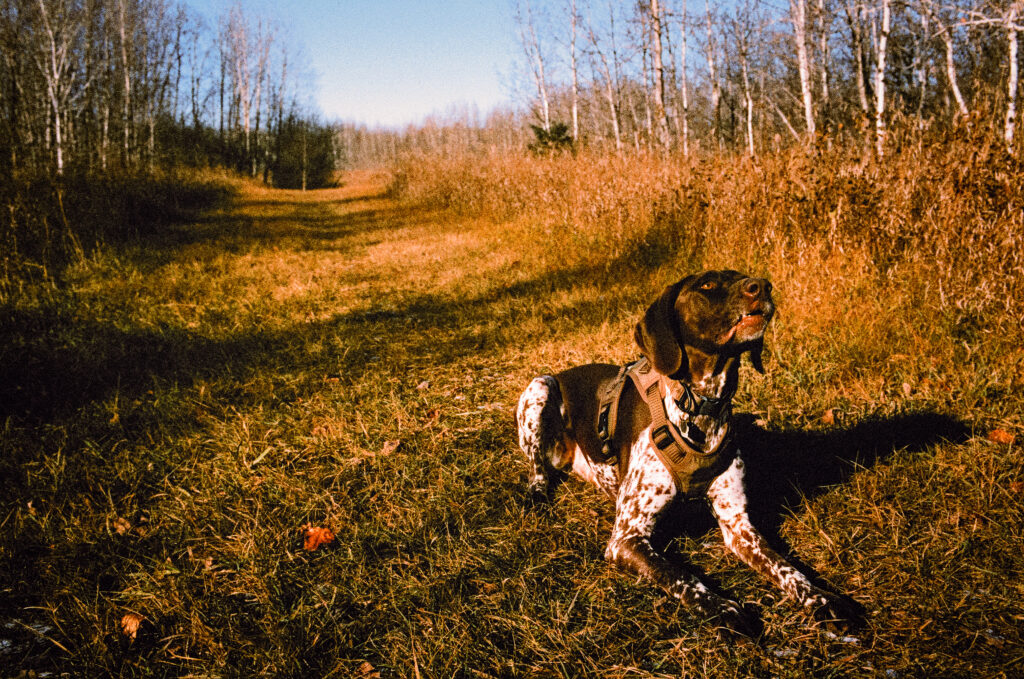
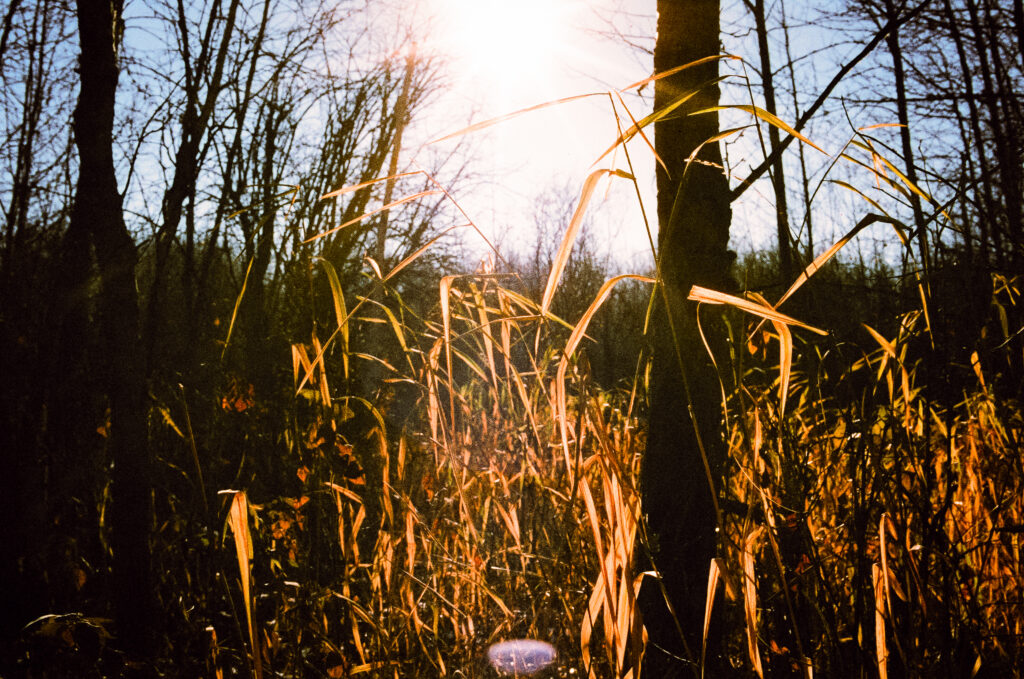
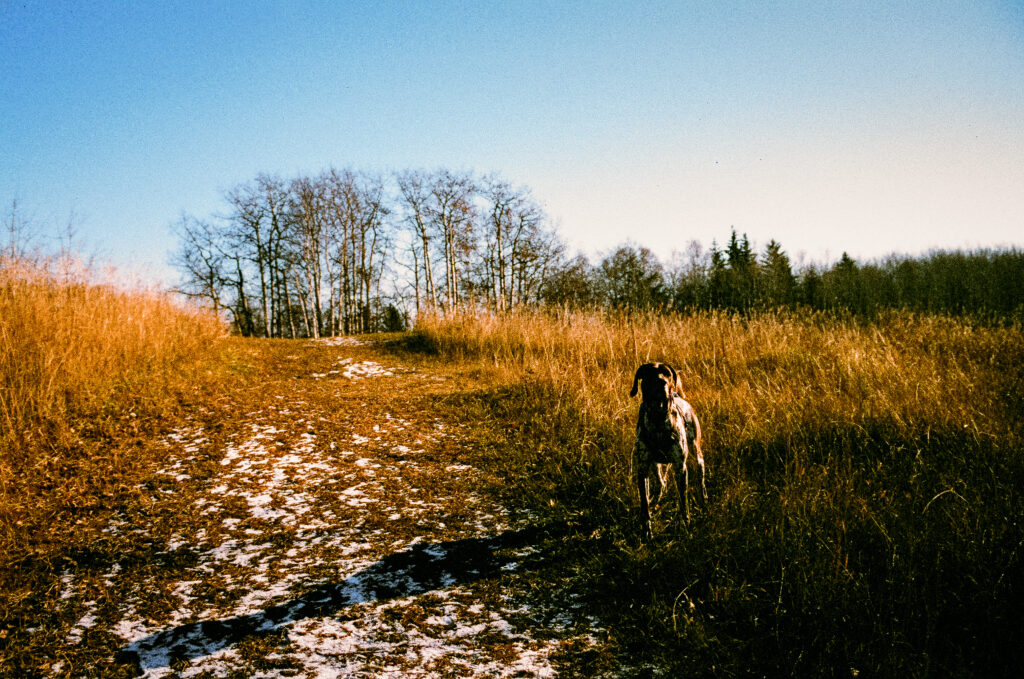
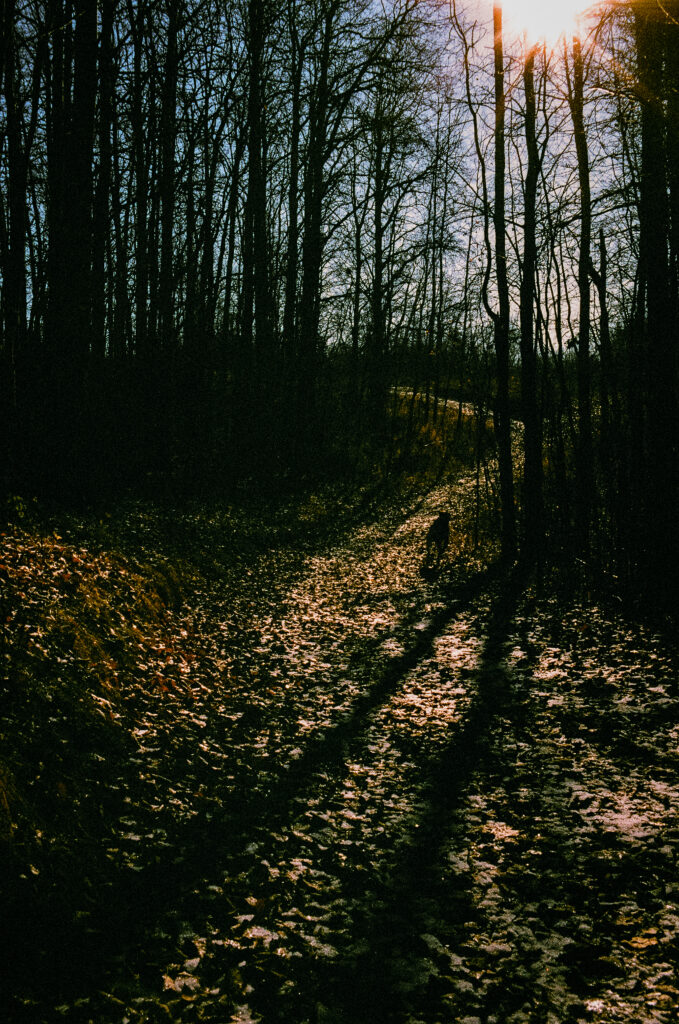
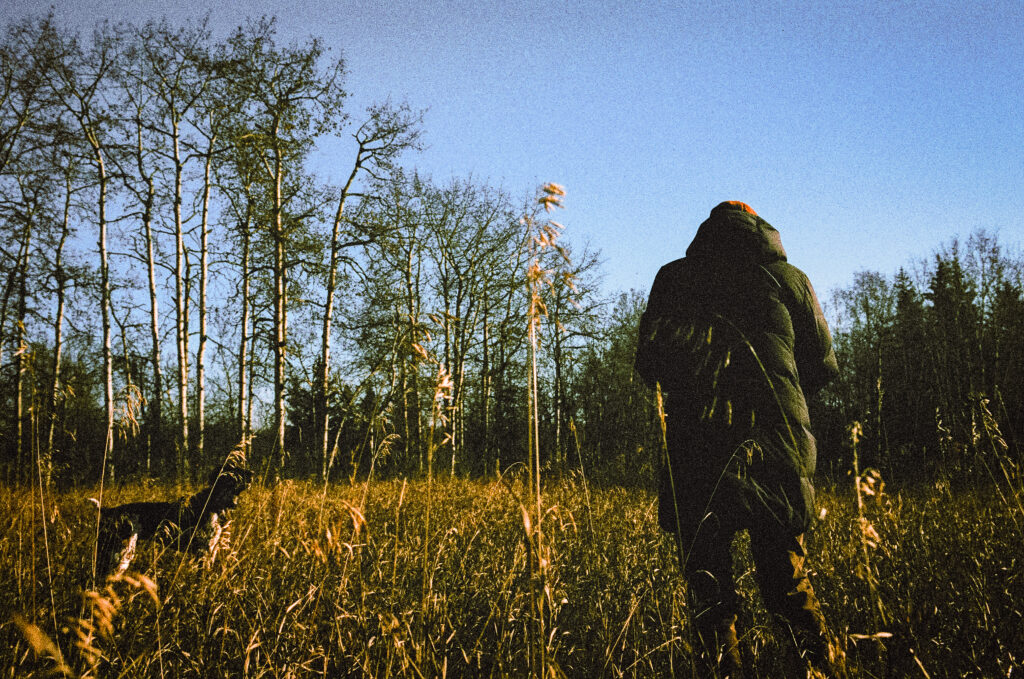
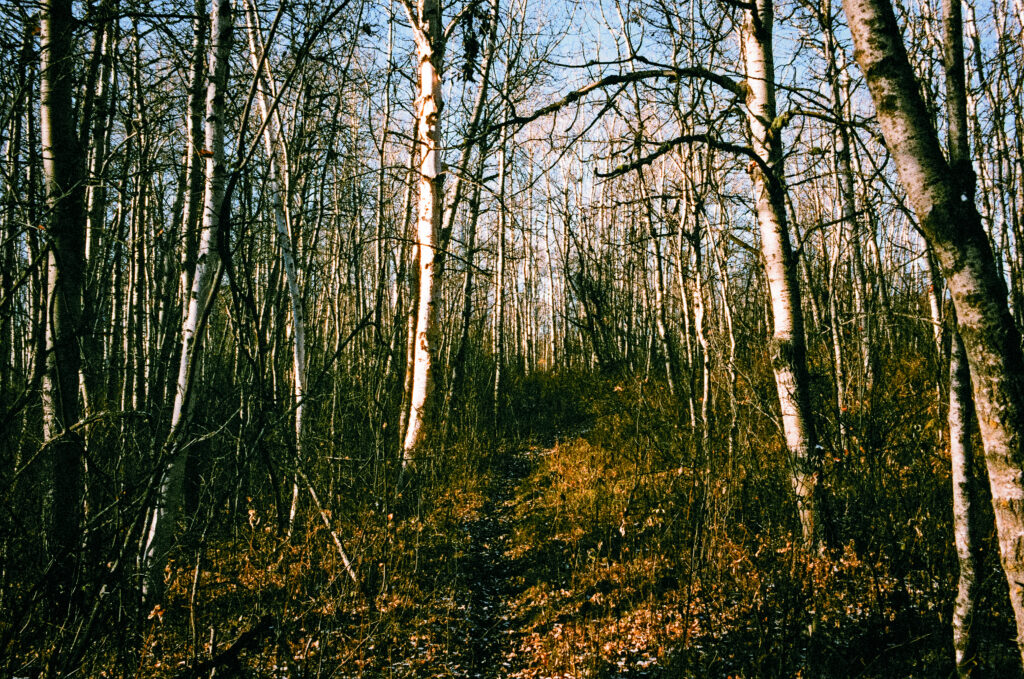
Thanks for reading and stay tuned for more to come.
You can find me on Instagram
– P
Share this post:
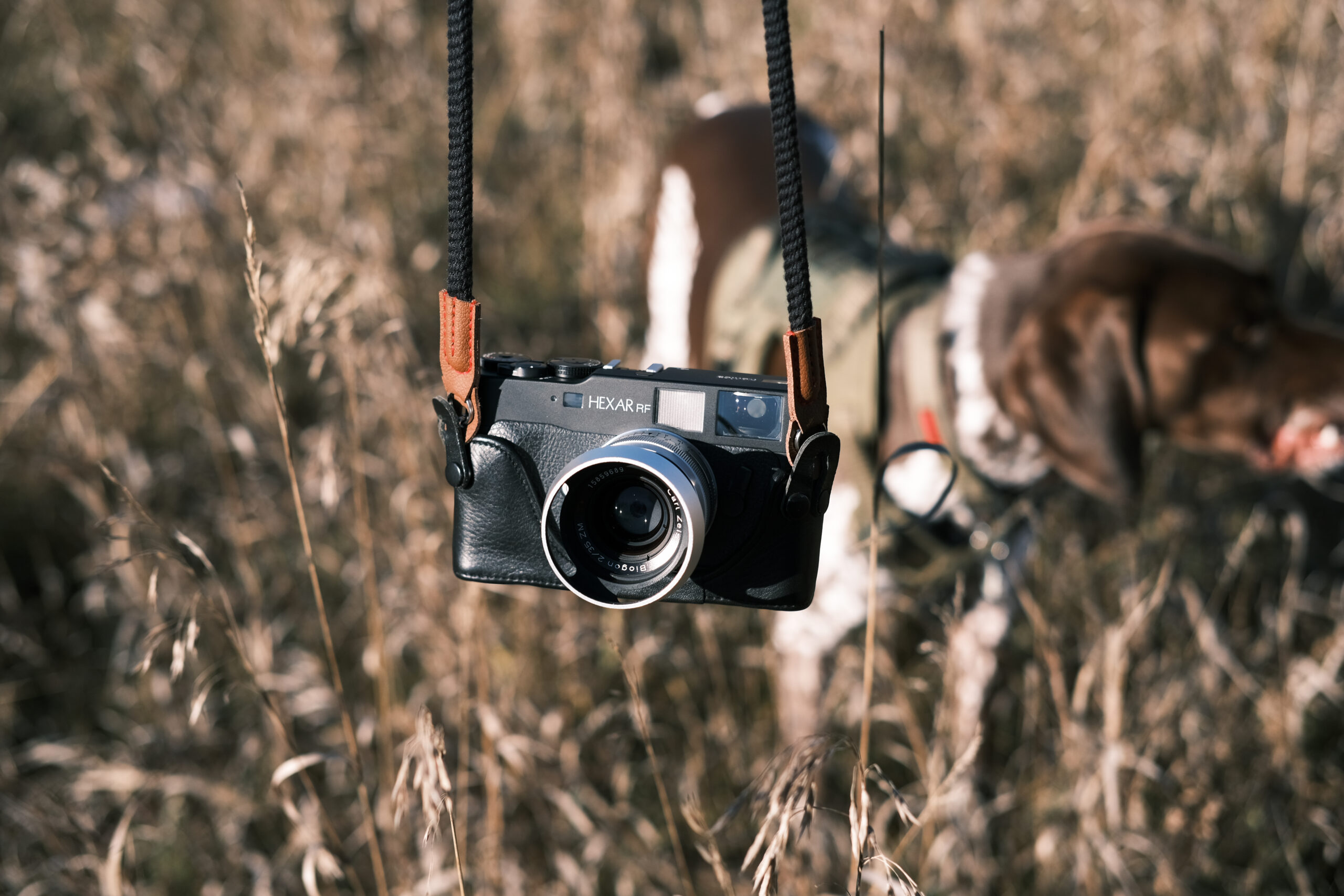
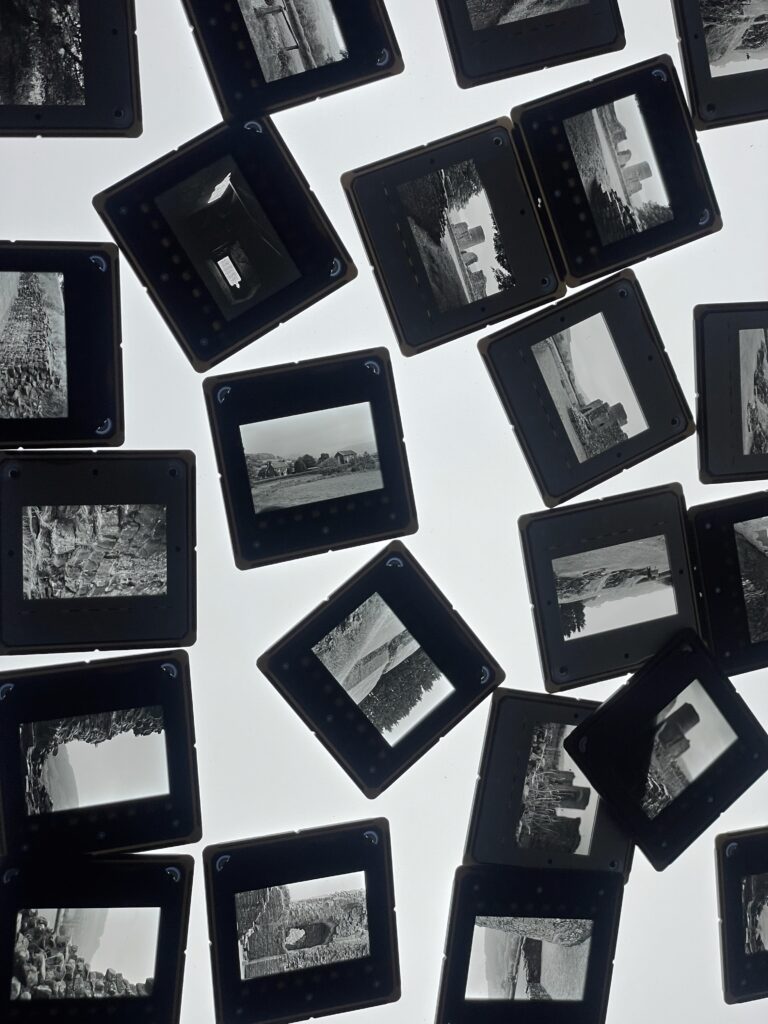
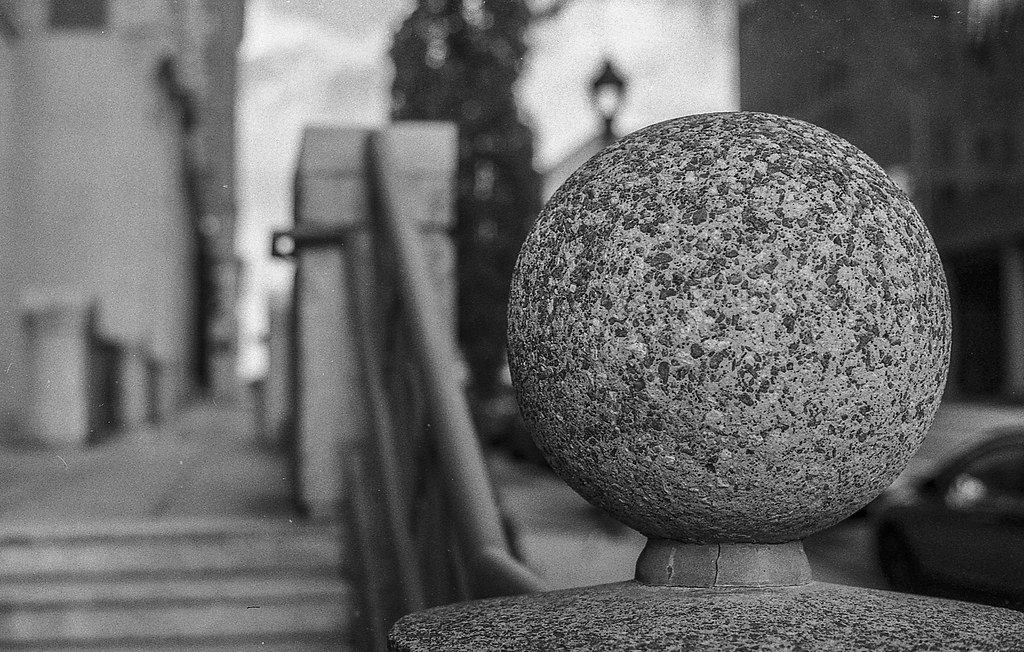

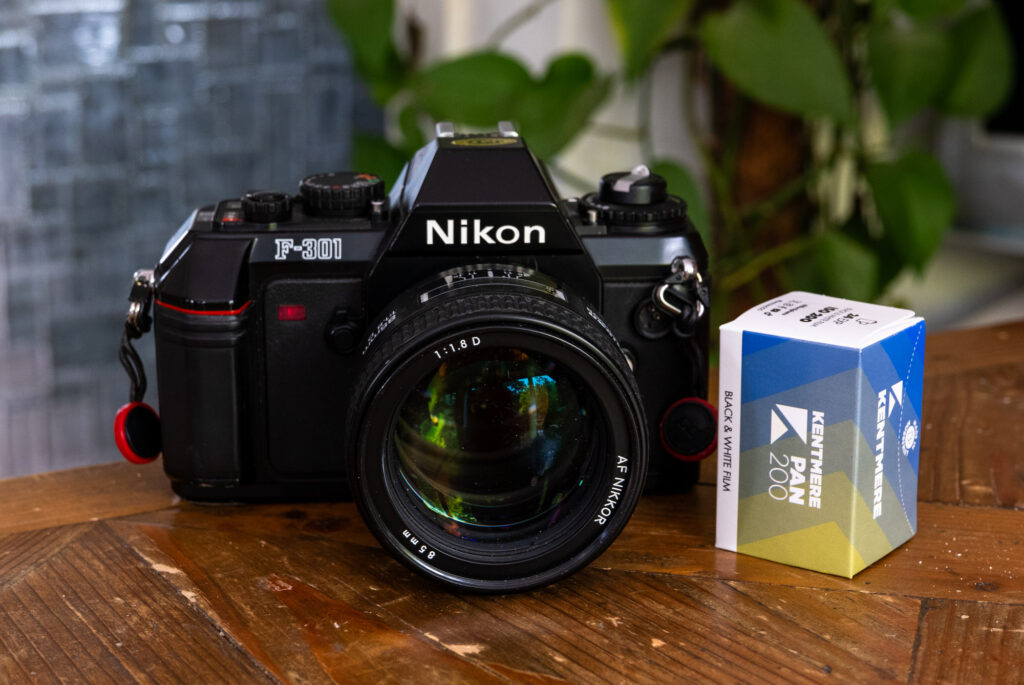
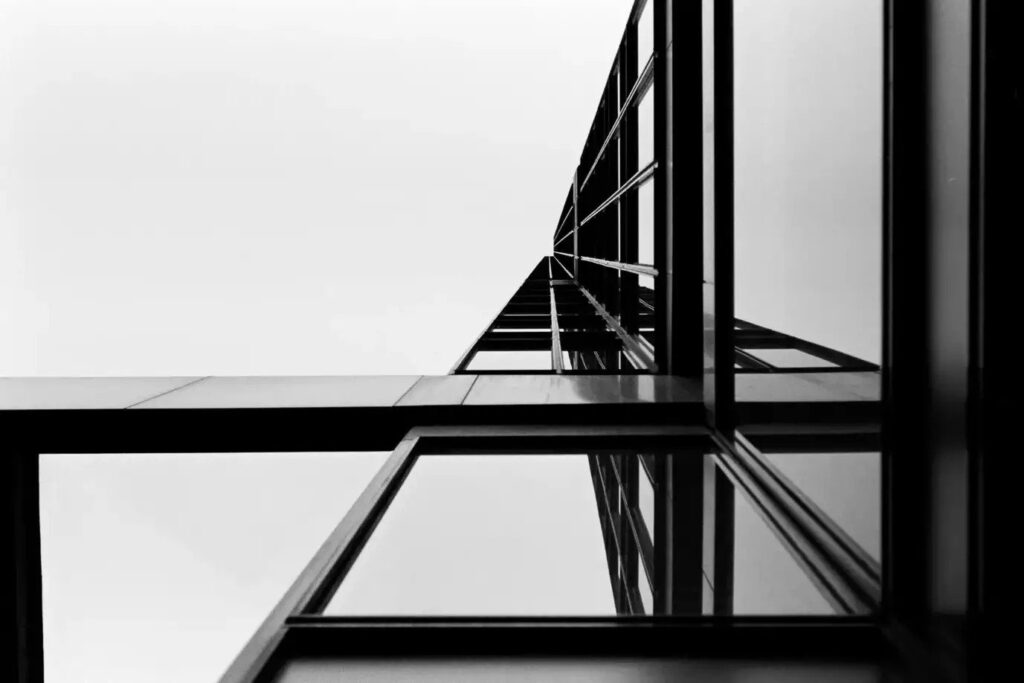
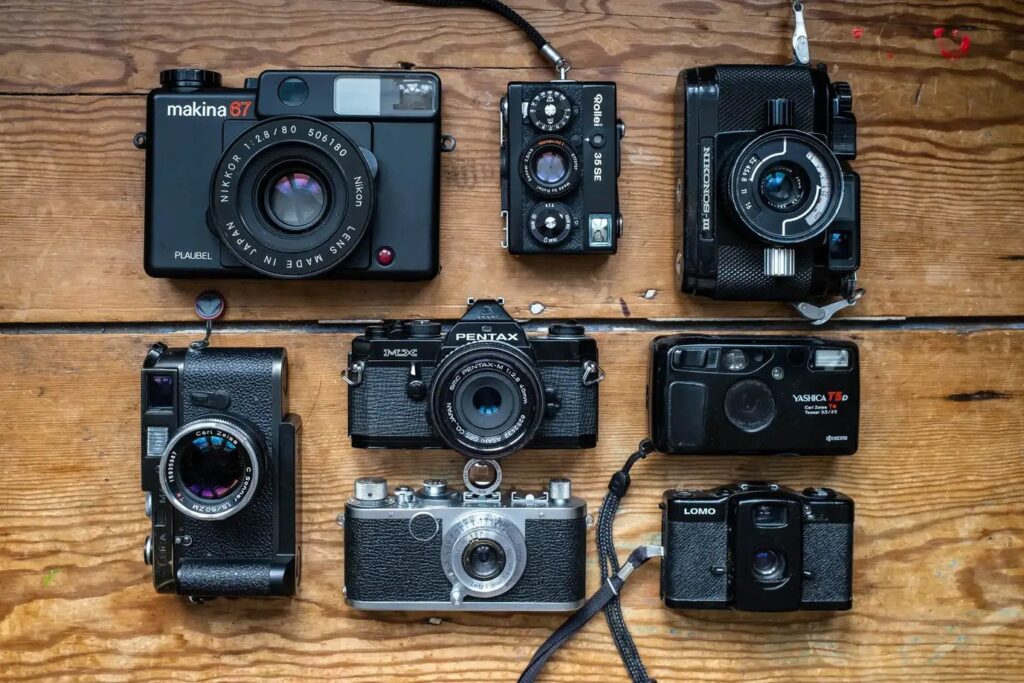
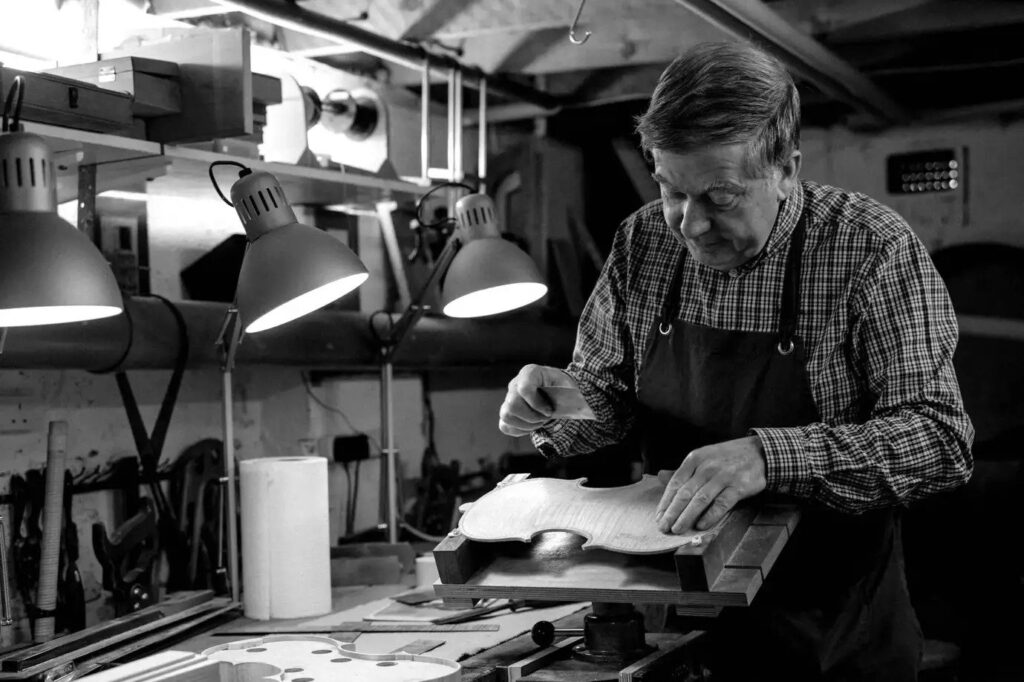
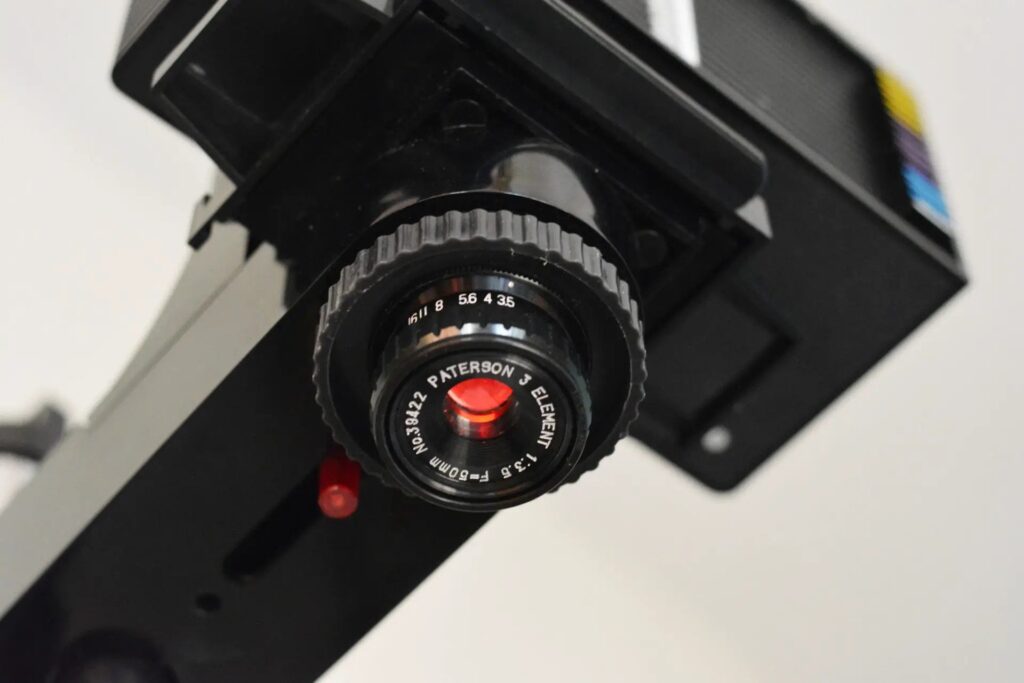
Comments
Michael Jones on A Zeiss Ikon’s Demise and Harman Phoenix 200 – First Experiences
Comment posted: 09/01/2025
Comment posted: 09/01/2025
Russ Rosener on A Zeiss Ikon’s Demise and Harman Phoenix 200 – First Experiences
Comment posted: 09/01/2025
Comment posted: 09/01/2025
Gary Smith on A Zeiss Ikon’s Demise and Harman Phoenix 200 – First Experiences
Comment posted: 09/01/2025
Did you do any color tweaking to the scans?
Comment posted: 09/01/2025
Eric on A Zeiss Ikon’s Demise and Harman Phoenix 200 – First Experiences
Comment posted: 09/01/2025
Comment posted: 09/01/2025
Comment posted: 09/01/2025
Paul Quellin on A Zeiss Ikon’s Demise and Harman Phoenix 200 – First Experiences
Comment posted: 09/01/2025
Comment posted: 09/01/2025
Christian on A Zeiss Ikon’s Demise and Harman Phoenix 200 – First Experiences
Comment posted: 12/01/2025
I love my Hexar RF for the same features you pointed out. Haptics and using the camera gives a lot of joy.
Rumours are, that the light meter inside the Hexar is borrowed from a Mamiya 6, which I owned a long time and I think it's correct.
I also mostly use the Biogon (razor sharp) which is a good companion to the Hexar. Mine came with the Konica 28mm wide-angle which I don't use that often. Third lens I use is a Zeiss Sonnar 50mm/1.5, kind of a classic lens but with beautiful bokeh.
I also love how fast the shutter of the Hexar works, enabling shooting wide-open all-day-long.
I also find the Hexar relatively cheap, I paid less than 1000 Euro bundled with the original 28mm Konica wide-angle lens.
Comment posted: 12/01/2025
Nigel Gardner on A Zeiss Ikon’s Demise and Harman Phoenix 200 – First Experiences
Comment posted: 13/01/2025
I will agree exposure lock button is not in the best of places but again I rarely used it as I used the compensation dial a lot more - strangely a more Contax (or fuji) way of working
Sad you dint enjoy the ZM but each to their own. One place the ZM certainly shined in my use of it is that I like 21mm-28mm lenses and the large viewfinder is just about the FoV of the 25mm Skopar which was wonderful. Some tractors on Velvia 50 with the 25mm - taken in probably 2007 and scanned on my canon 9000mkI.
I have yet to replace the Zm as i want a limited again - just because thats what I had. But the prices for them are obviously now getting silly, so for RF restricted to my Bessa R2 bought in 2003 and my f2 Planar.
Anyways glad you are enjoying the Hexar.
Comment posted: 13/01/2025
Comment posted: 13/01/2025
Comment posted: 13/01/2025
Huss on A Zeiss Ikon’s Demise and Harman Phoenix 200 – First Experiences
Comment posted: 14/01/2025
I had a Zeiss Ikon ZM and one thing that really bugged me about it is the RF patch was fixed and not linked to the position/movement of the frame lines. So as the frame lines corrected for parallax, the rf patch remained stationary resulting in it being off center some of the time. I found that really annoying - in Leica Ms the rf patch is in sync w the frame lines so it is always centered.
I gave up on my ZM after the film transport failed.
Comment posted: 14/01/2025